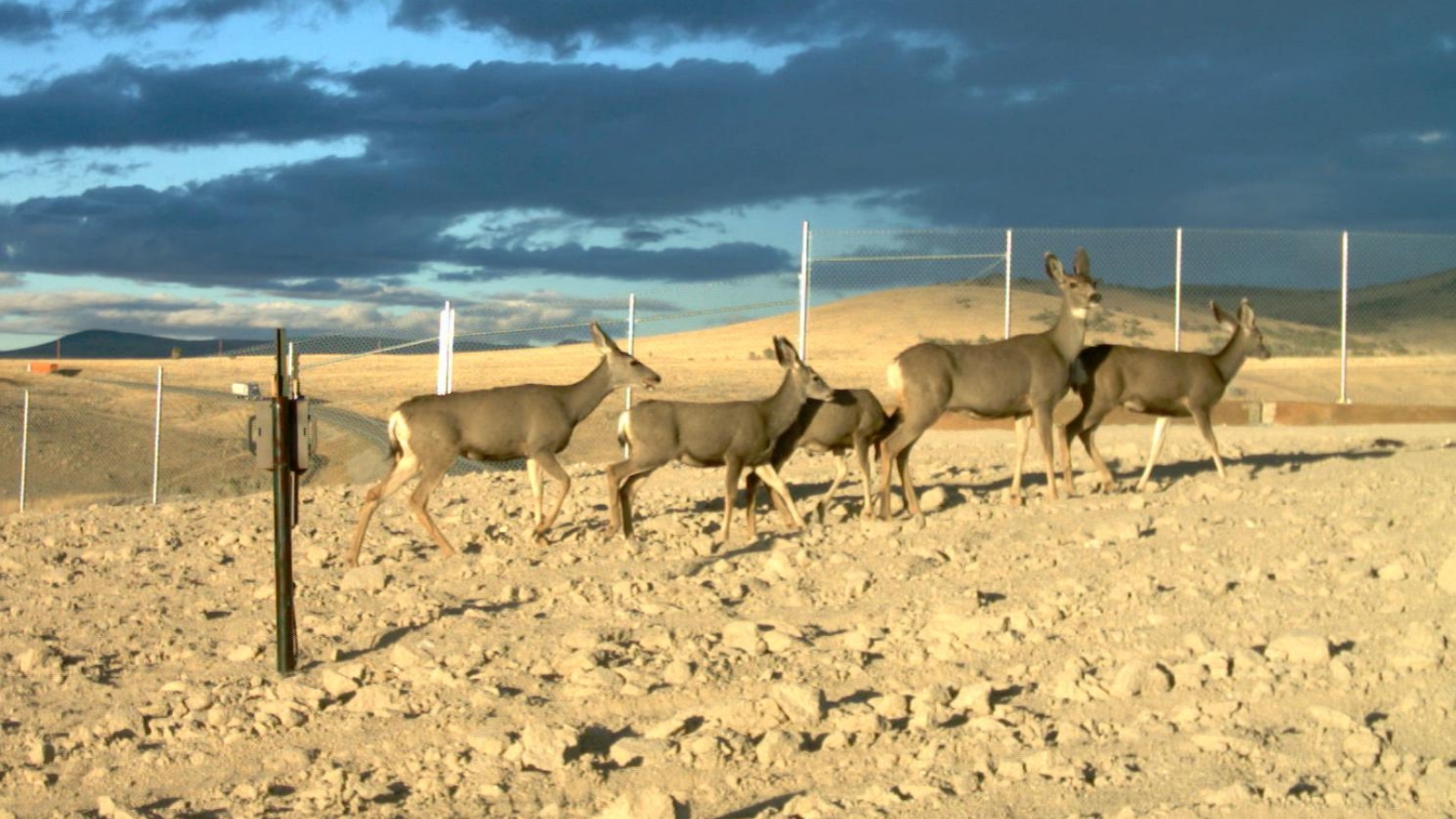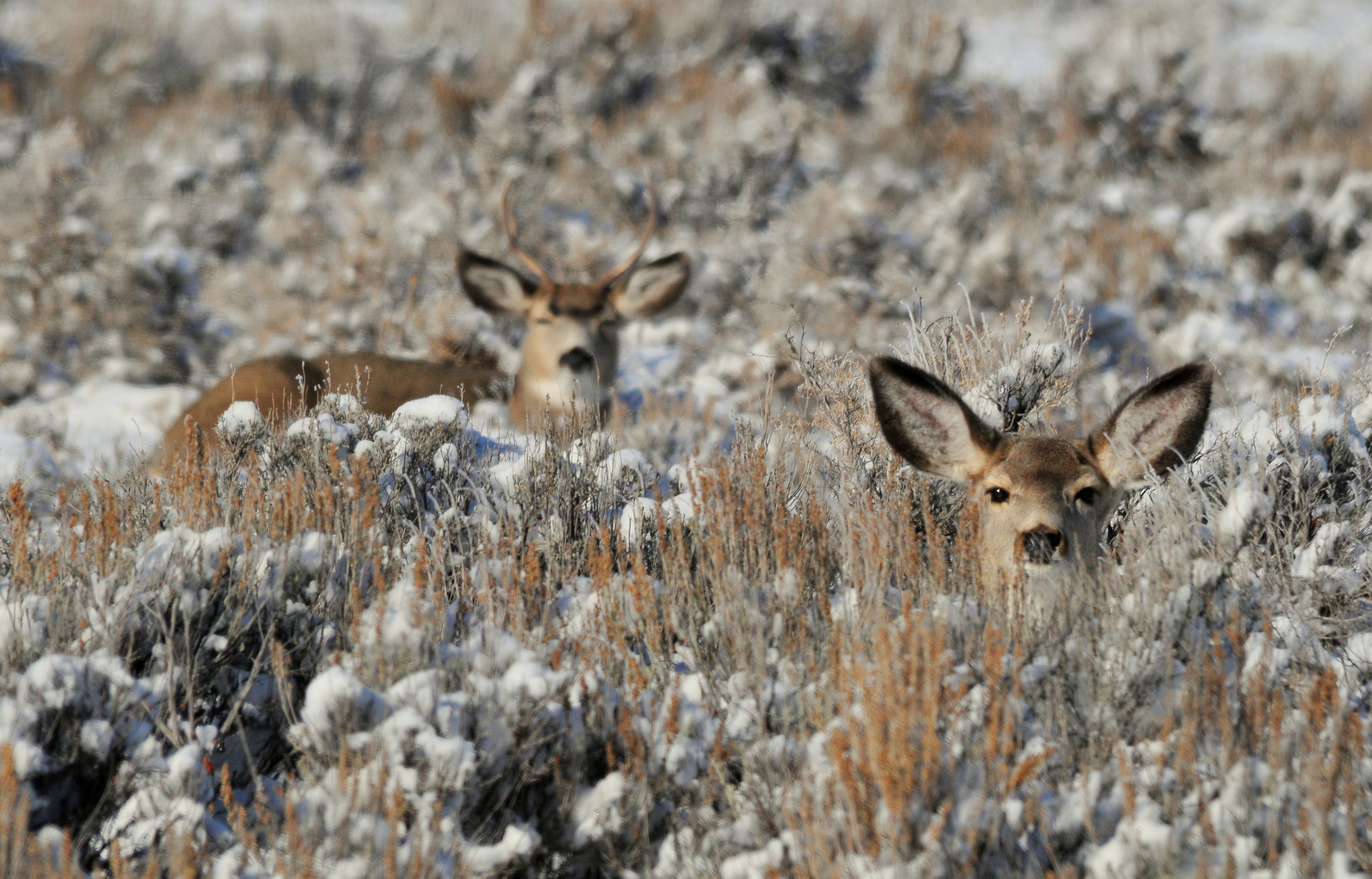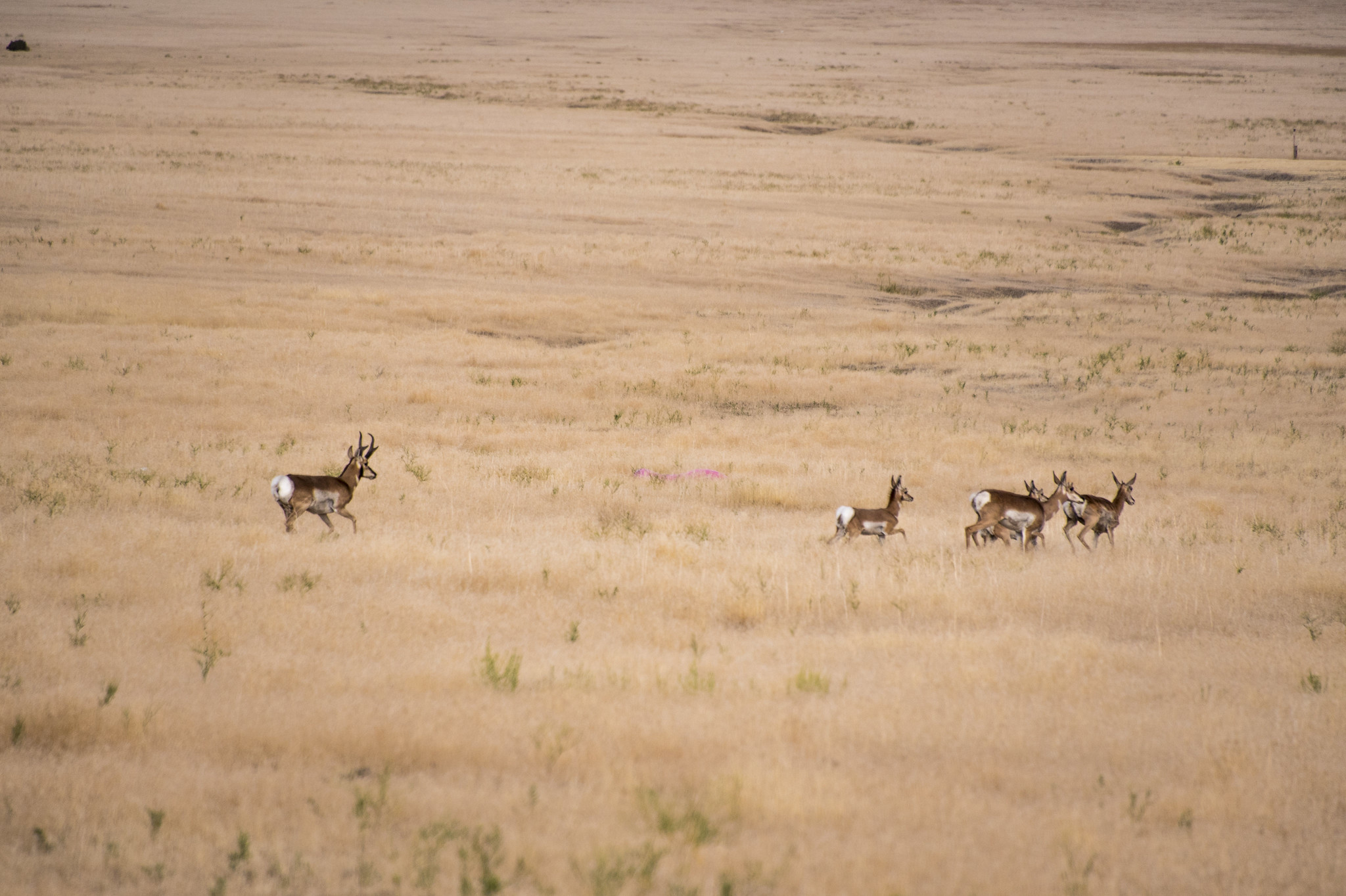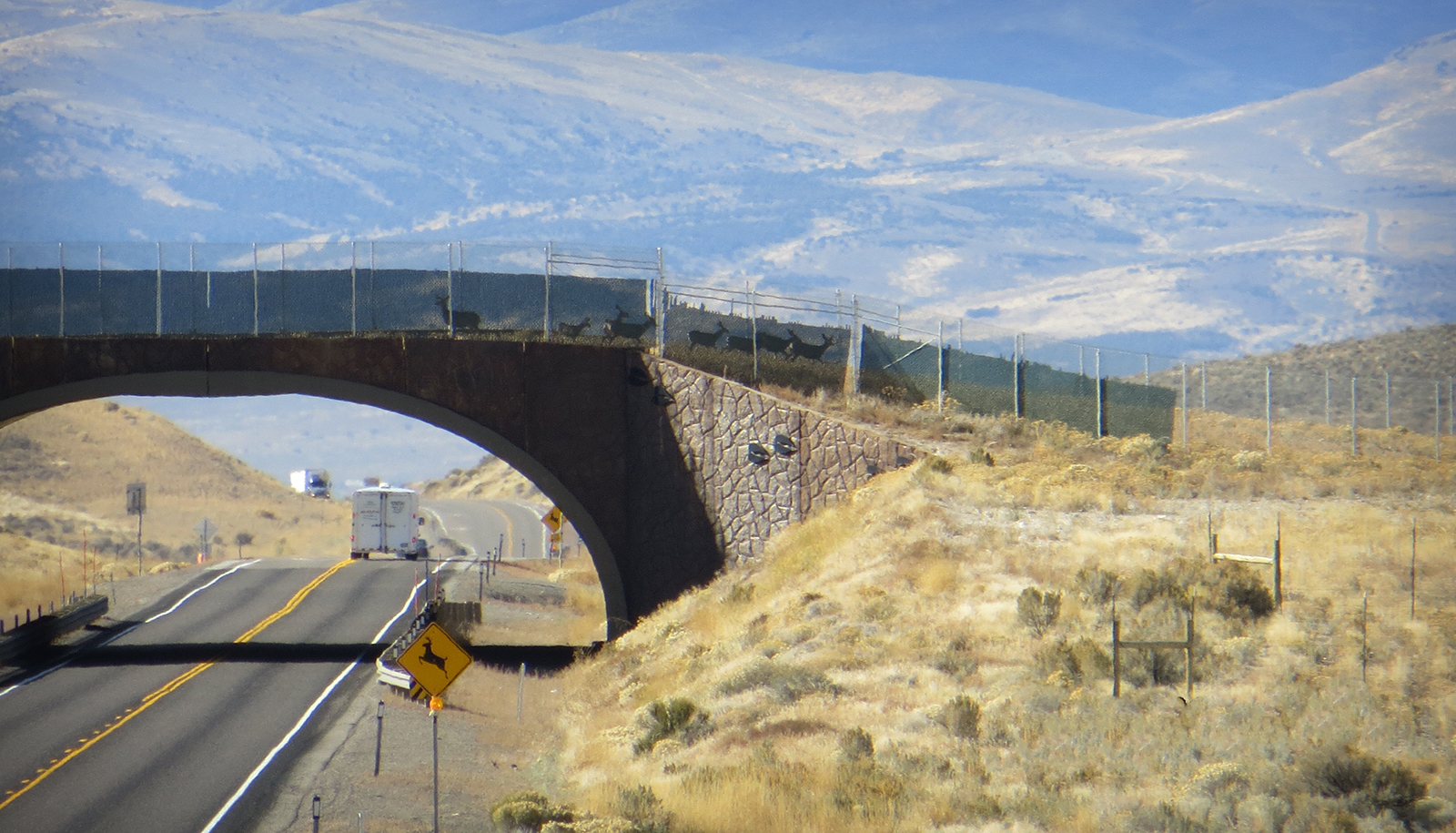We have much more to do and your continued support is needed now more than ever.
Conserving Nevada’s Migration Corridors

Ungulate obligates. Try saying that three times fast. The only native deer species in Nevada, mule deer are migratory sagebrush obligates, meaning they are dependent on sagebrush habitat for their food, shelter, and survival.
Sagebrush is a critical food resource for mule deer, especially in the wintertime when other vegetation is covered by snow. Because mule deer are selective feeders, instead of eating large quantities of low-quality feed like grass, they must select the most nutritious plants and parts of plants — making protein-dense sagebrush leaves important winter forage.

Nevada is known as the Sagebrush State. Over half of Nevada’s landscape is made up of sagebrush habitat, including open range areas that wildlife use as migratory corridors. Mule deer and other ungulates use these corridors for daily foraging, as well as annual movement.
In order to reach more mild climates to survive Northeast Nevada’s harsh winters, some mule deer have been documented migrating over 100 miles.
Also interlacing the semi-arid sagebrush state, however, are major highways and rural roadways that can be a perilous obstacle for wildlife on the move. Luckily, Nevada has a new executive order that will make wildlife migration safer for people and wildlife.
Where human and wildlife corridors intersect
With over 895 wildlife species across 70.7 million acres of land, Nevadans are familiar with living with wildlife. Sagebrush habitat supports more than 360 species of conservation concern, as well as economically and ecologically important big game species like mule deer, elk, pronghorn, and bighorn sheep — which are more susceptible to wildlife mortality from collisions with vehicles.
Each year in Nevada, wildlife-vehicle collisions kill an estimated 5,032 wild animals and cost around 20 million dollars in damage.

In August 2021, Nevada Governor Steve Sisolak signed Executive Order 2021-18, calling for the creation of the Nevada Habitat Conservation Framework (HCF). The goal is to reverse the long-term trend of loss of Nevada’s wild landscapes, which have suffered from climate change, wildfire, invasive species, and habitat fragmentation.
“Whether it is mule deer or desert tortoises, no animal thrives without a healthy ecosystem, and this executive order puts a crucial focus on the corridors through which wildlife migrate to survive,” said Governor Sisolak.
Wildlife Crossings and Improving Permeability
Wildlife crossings have already proven to be successful in Nevada. The installation of crossing structures along Highway 93 in Elko County, the state’s first project of the kind, have decreased wildlife-vehicle collisions by 95% according to the Nevada Department of Transportation.

Mule deer have been a clear beneficiary of the crossings, with over 35,000 mule deer recorded crossing in the first four years after installation, but elk, coyotes, bobcats, badgers, mountain lions, black-tailed jackrabbits, and pronghorn are using the structure as well.
“The best thing about wildlife crossings is they work. In Nevada, across America, and around the world, research continually shows that wildlife crossings are by far the most effective way to mitigate wildlife-vehicle collisions, protecting both wildlife and our families,” said Craig M. Benjamin, Director, Conservation Partnerships (ID, NV, UT, WY) & Habitat Connectivity with the National Wildlife Federation.
“We’re grateful for Governor Sisolak’s leadership in ensuring Nevada’s wildlife herds can freely roam across a healthy sagebrush-steppe ecosystem.”
A collaborative path forward
The new Habitat Conservation Framework strengthens and progresses ongoing work to identify and protect wildlife migration corridors and associated habitat through a coordinated partnership between federal, state, and local land management agencies.
Nevada Department of Transportation’s (NDOT) role in habitat conservation will include identifying opportunities to protect or restore sagebrush habitats and wildlife migration corridors in new or existing NDOT policies, and the Nevada Department of Wildlife will also develop a comprehensive Sagebrush Habitat Plan.
“This collaborative approach provides the Nevada Department of Wildlife the resources to work with all stakeholders using the best available science to help conserve, restore, and rehabilitate our critical wildlife migration corridors and sagebrush ecosystem,” said Russell Kuhlman, Executive Director of the Nevada Wildlife Federation.
Learn about the National Wildlife Federation’s work to improve habitat connectivity across state, federal, and tribal lands.
Expanding Wildlife Corridors





















